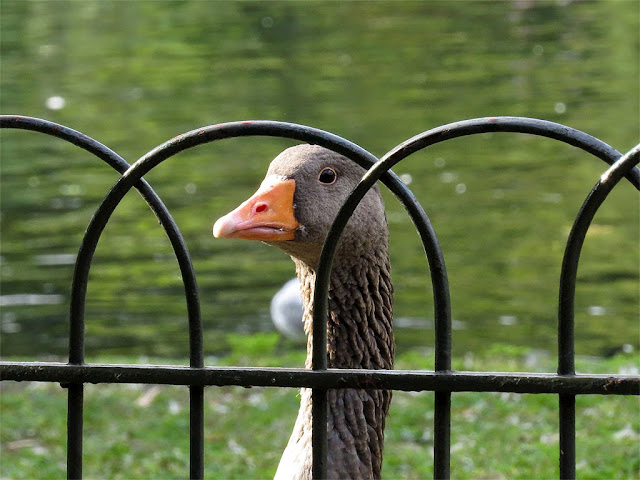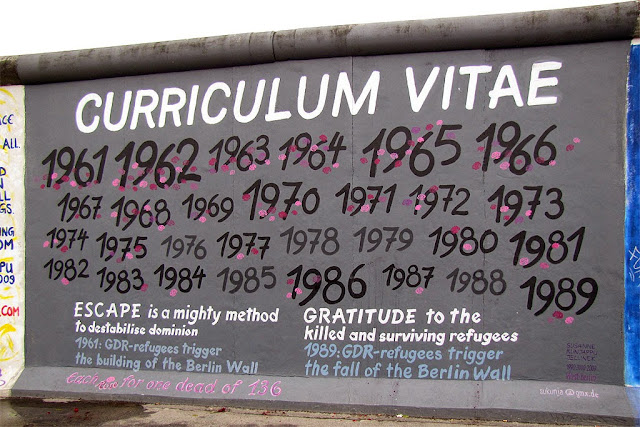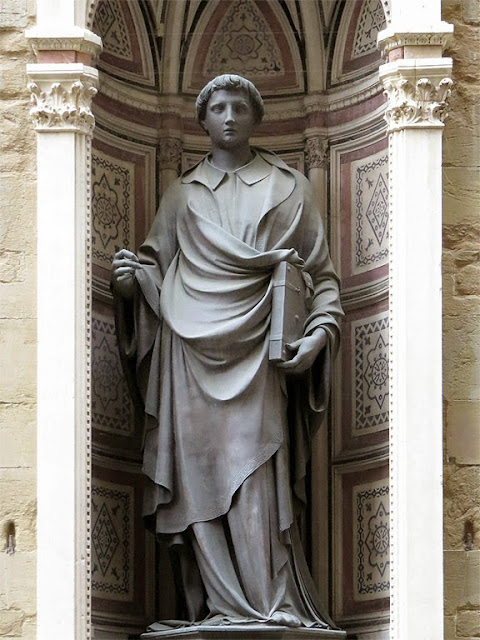Au Général Antranik (1866-1927), Héros National Arménien
(To General Andranik, Armenian National Hero)
Cimetière du Père-Lachaise, (Père Lachaise Cemetery)
Quartier du Père-Lachaise, 20th arrondissement
Paris, July 2014
“Andranik's remains were originally planned to be buried in Armenia; however, the Soviet authorities refused entry. He was first buried at Ararat Cemetery in Fresno, and his remains were moved to France and buried in Père Lachaise Cemetery in Paris on 29 January 1928. In early 2000, the Armenian and French governments arranged the transfer of Andranik's body from Paris to Yerevan.
Asbarez wrote that the transfer was initiated by Armenia's Prime Minister Vazgen Sargsyan, who was killed in the parliament shooting on 27 October 1999. Andranik's body was moved to Armenia on 17 February 2000. It was placed in the Sport & Concert Complex in Yerevan for two days and was then taken to Etchmiadzin Cathedral, where Karekin II officiated the funeral service. Andranik was re-interred at Yerablur military cemetery in Yerevan on 20 February 2000, next to Vazgen Sargsyan.” (
Andranik, Wikipedia)






























